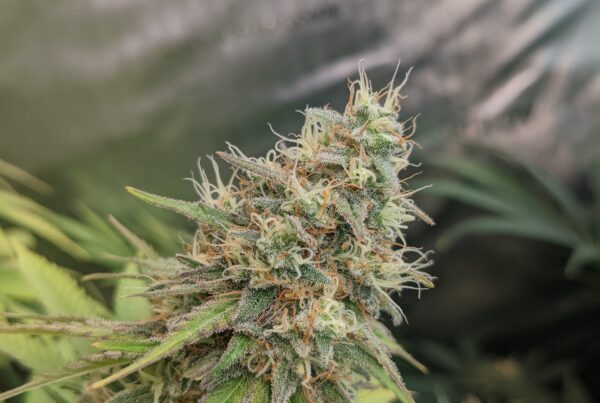If you’re new to growing cannabis, you might think your only option to start a plant is by purchasing seeds. While seeds are a great option, they can be expensive and inconsistent. Some may not germinate, others may produce undesirable traits, and in the case of regular seeds, about half may turn out male. One way to avoid those uncertainties is by cloning a healthy female cannabis plant—also known as a mother plant.
Cloning might sound technical or intimidating, but it’s actually a straightforward process that offers huge benefits to cannabis growers, especially beginners. Cloning lets you replicate your best plants with speed and consistency.
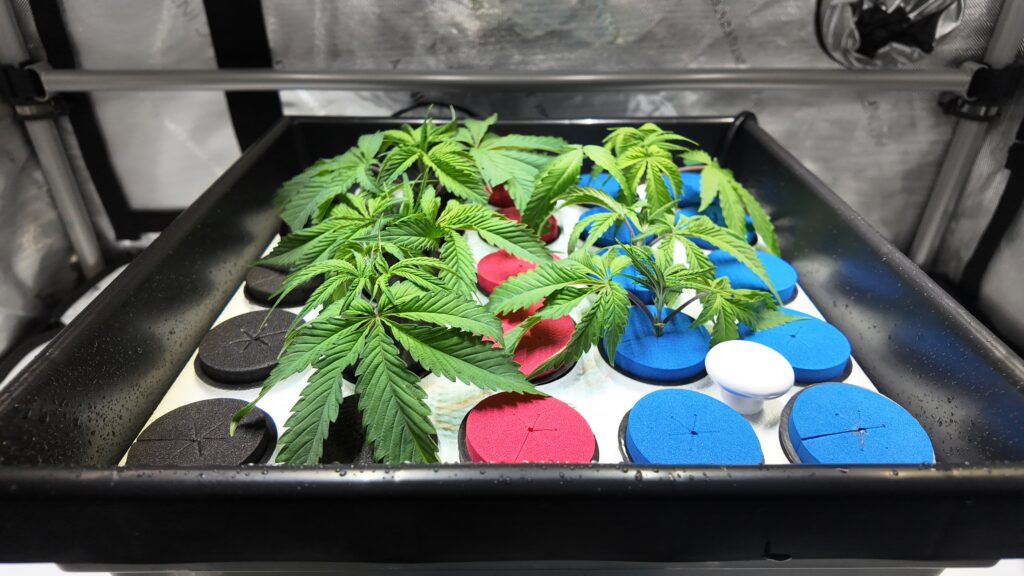
What Is a Cannabis Clone?
A cannabis clone is a cutting taken from a mature cannabis plant (the “mother”) that is encouraged to grow roots and eventually becomes a genetically identical new plant. This is a form of asexual reproduction, meaning no seeds or pollination are involved. As a result, the clone inherits all the traits of its mother—including cannabinoid profile, terpene content, yield potential, and growth characteristics.
Benefits of Cloning Cannabis Plants
Here are some of the biggest advantages of cloning:
- Genetic consistency: Each clone is a genetic replica of the mother plant, which ensures uniformity in aroma, potency, yield, and growth pattern.
- Cost-effective: Quality seeds can be expensive. Cloning allows you to create multiple new plants from a single source.
- Time-saving: Clones skip the seed germination phase and establish faster, meaning a shorter overall grow cycle.
- Guaranteed females: If you clone a female plant, the clone will also be female, removing the need to identify and remove male plants.
- Preservation of winning genetics: If you find a plant with traits you love, cloning lets you keep those genetics going indefinitely.
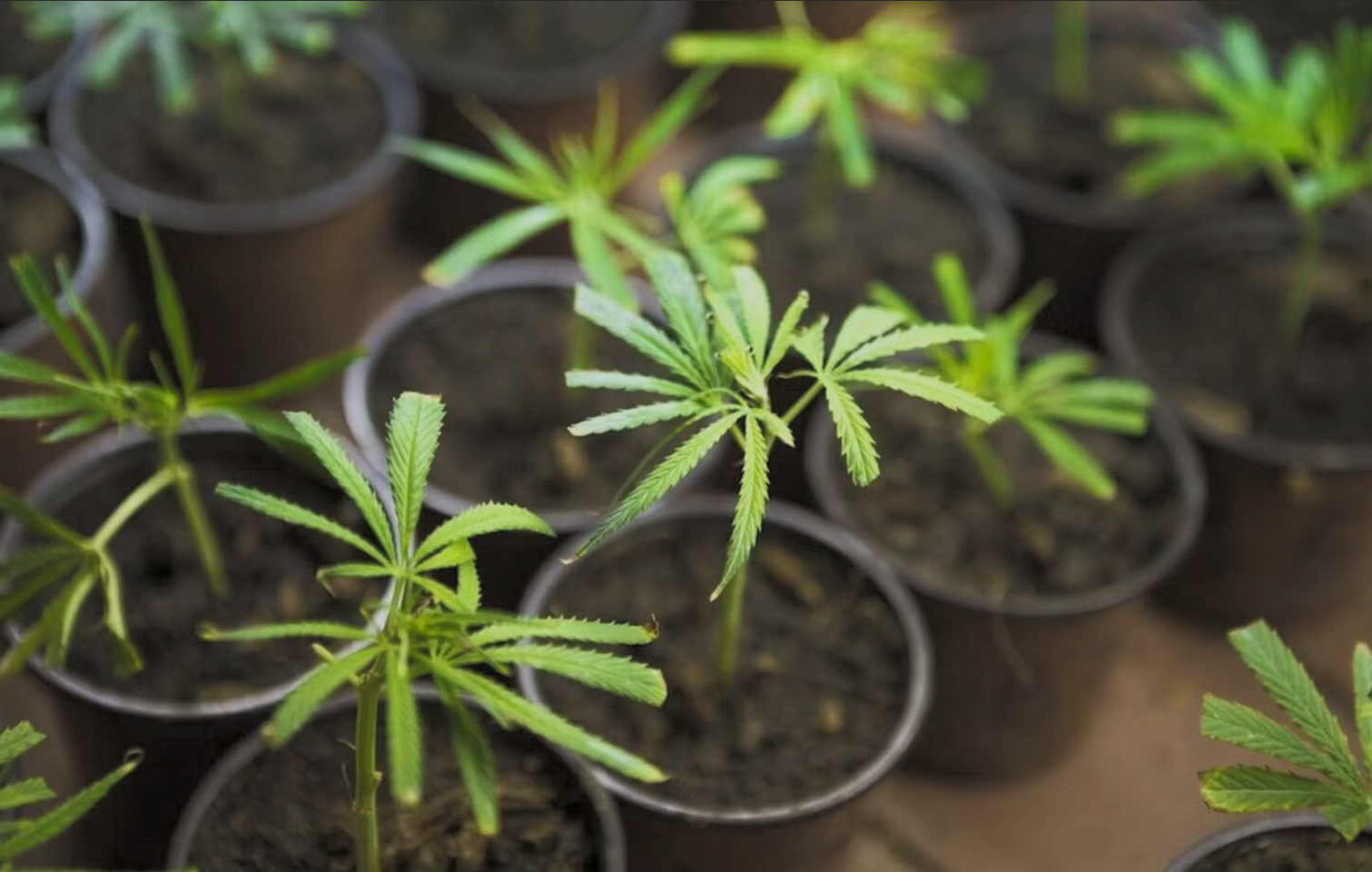
Step-by-Step Guide: How To Clone Cannabis Plants
Step 1: Gather Your Materials and Choose the Right Mother Plant
Start by selecting a healthy, pest-free mother plant that is at least two months old and still in the vegetative stage. Avoid flowering plants, as clones taken from flowering mothers often root more slowly and revert to vegetative growth unevenly.
Tools and materials you’ll need:
- Sharp scissors or a sterilized razor blade
- Rooting hormone (gel or powder)
- A propagation tray with a humidity dome
- Grow plugs, rockwool cubes, or starter pots with light soil or coco coir
- Spray bottle with pH-balanced water
- Full-spectrum LED or fluorescent grow light
- Clean gloves and disinfectant (to avoid contamination)
Step 1: The Prep Work
First, you need to choose a healthy mother plant. This means choosing a plant that is growing very well, is big and strong, does not have any diseases or pests, and has the genetics that you want. Make sure to clone a plant with the cannabinoid and terpene profile that suits you best.
For this process, you’ll also need either a razor blade or sharp trimmers, some rooting hormone, a new growing medium (such as soil), a propagation tray and a dome, a plant-friendly light, and a spray bottle. Once you’ve gathered the materials, make sure that your workspace is clean and clear.
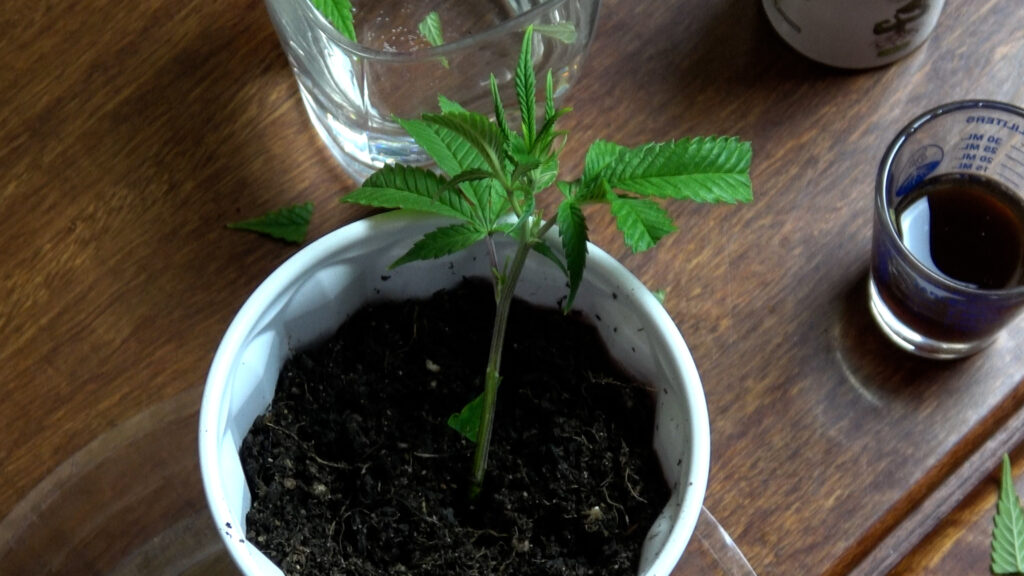
Step 2: Take Cuttings from the Mother Plant
Choose lower branches with strong growth that are 4 to 8 inches long and contain at least two to three nodes. Using sterilized scissors or a razor blade, cut the branch just below a node at a 45-degree angle. This increases the surface area for root development.
Immediately place the cutting in a glass of water to prevent air bubbles (embolism) from entering the stem, which can hinder rooting.
Step 3: Prepare the Cutting
Remove the lower leaves and trim the tips of larger leaves to reduce moisture loss and help the plant focus on root development. Dip the cut end of the stem into your rooting hormone, following the manufacturer’s directions.
Pre-moisten your grow plugs or growing medium and gently make a hole for the cutting to reduce friction. Insert the clone into the medium and gently press around the base to secure it.
Step 4: Provide the Right Environment
Place the clones inside a humidity dome on a propagation tray. The environment should be warm and humid to encourage root growth:
- Temperature: 72–77°F (22–25°C)
- Humidity: 75% to 90%
- Lighting: Provide 18 hours of low-intensity light using a fluorescent or LED light
Mist the inside of the dome and leaves once or twice daily to maintain humidity. Open the dome daily for a few minutes to allow fresh air exchange and prevent mold.
Roots typically appear within 7 to 14 days, although some strains may take longer.

Step 5: Transplanting Clones
Once clones have developed a healthy root system that extends through the growing medium, they’re ready for transplanting. Transfer them into containers with light potting soil or coco coir (start with 1-3 gallon pots, or larger if growing outdoors).
Gradually acclimate your clones to normal humidity levels by removing the dome for longer periods each day. Increase light intensity as the clones establish.
Common Cloning Mistakes to Avoid
- Cloning during flowering: Cuttings taken during the flowering stage will take longer to root and may develop inconsistently.
- Poor sanitation: Always sterilize tools and wear gloves to prevent disease and fungal issues.
- Skipping rooting hormone: While some clones root without it, using a rooting hormone significantly increases success rates.
- Too much light or heat: Young clones are sensitive. Avoid placing them under high-intensity grow lights until they root.
- Improper humidity: Dry air will kill clones. Aim for 75%+ humidity in the first week.
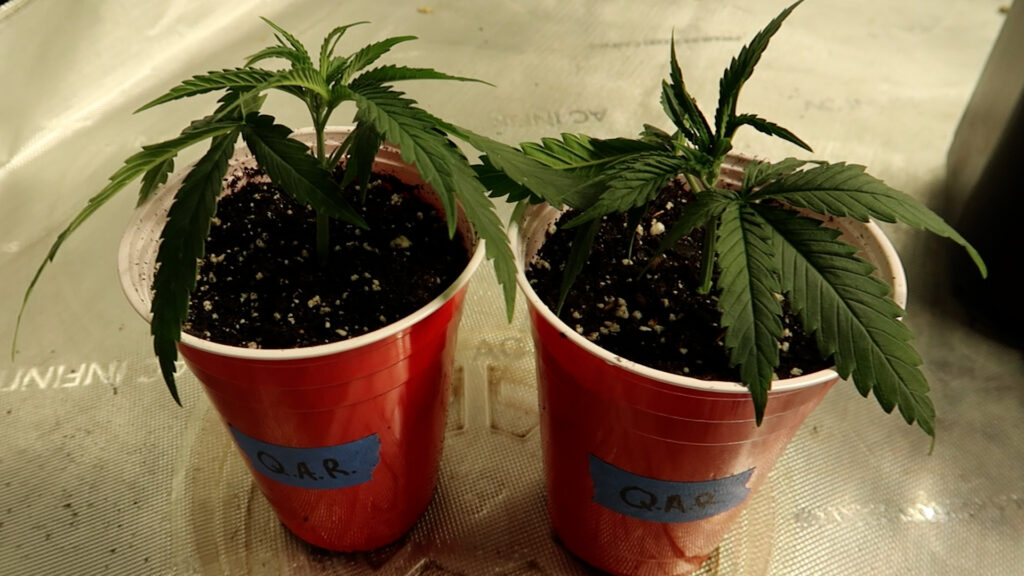
When To Clone (Timing Tips)
The best time to take clones is during the vegetative stage, ideally at least 2 weeks before transitioning the mother plant into flowering. This ensures the mother is healthy and vigorous and gives the clones the best chance to root quickly.
How Long Does It Take to Clone Cannabis?
- Cutting to rooting: 7 to 14 days
- Transplant to vegetative growth: 1 to 2 weeks post-rooting
- Full harvest cycle: Clones usually result in faster overall growth, allowing for quicker harvests than seed-grown plants.
Final Thoughts on Cloning Cannabis Plants
Cloning cannabis is a simple and highly effective technique that can save you time and money while preserving your favorite plant traits. As long as you choose a healthy mother plant, maintain high humidity, and use clean tools and rooting hormone, your success rate will be high.
Whether you’re running a small home grow or planning a perpetual harvest, cloning is a skill every cannabis grower should learn. With just a little practice, you’ll be able to produce consistent, high-quality plants again and again.
Ready to try cloning for yourself? Grab a sharp blade, prep your environment, and start building a garden of genetic winners!
Sources
- https://www.growweedeasy.com/germinate
- https://hightimes.com/grow/jorges-cannabis-encyclopedia-seed-germination/
- https://www.alchimiaweb.com/blogen/germinate-marijuana-seeds/
- https://www.cocoforcannabis.com/germinating-cannabis-seeds-a-step-by-step-guide/
- https://www.wikihow.com/Clone-Cannabis
- https://www.leafly.ca/learn/growing/how-to-clone-cannabis
- https://www.advancednutrients.com/articles/how-to-clone-cannabis-plants/
- https://www.royalqueenseeds.com/us/blog-how-to-get-clones-from-your-cannabis-plants-n322
- https://buildasoil.com/blogs/news/15678004-how-to-clone-organically-ditch-the-rooting-hormone-products
- https://www.happyhydro.com/blogs/growing-cannabis/how-to-clone-plants-using-rockwool
![]()










